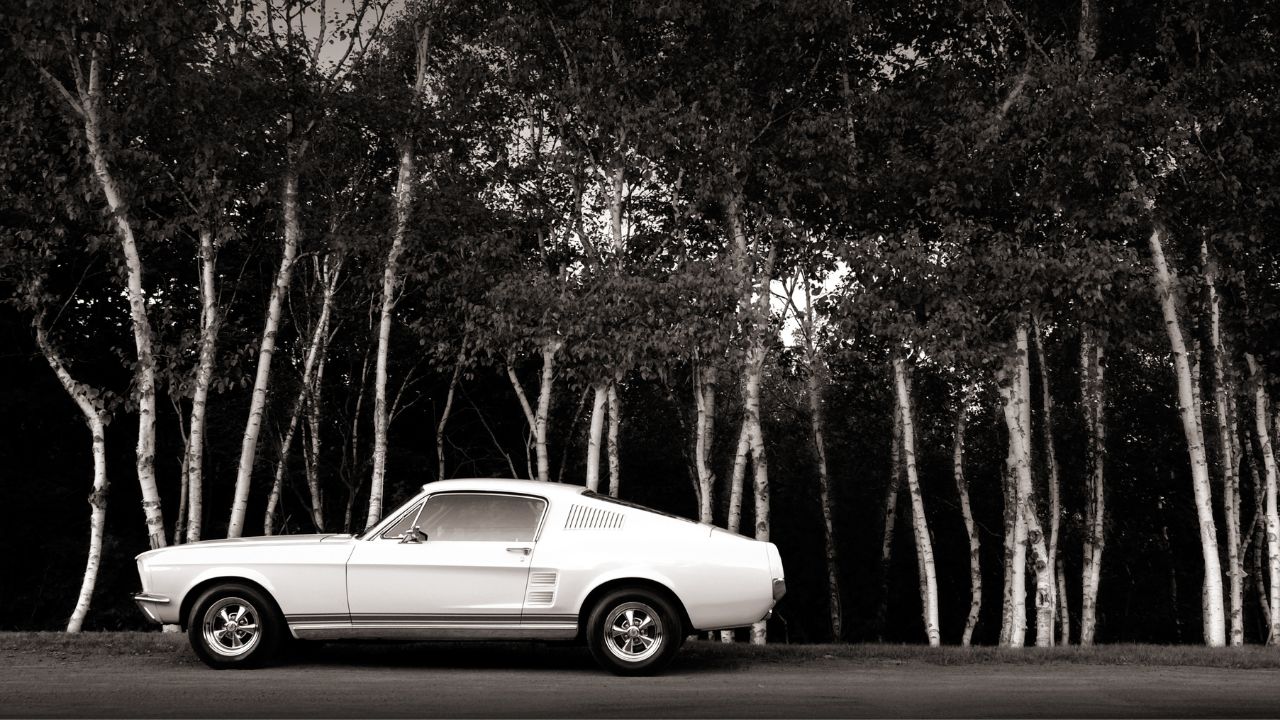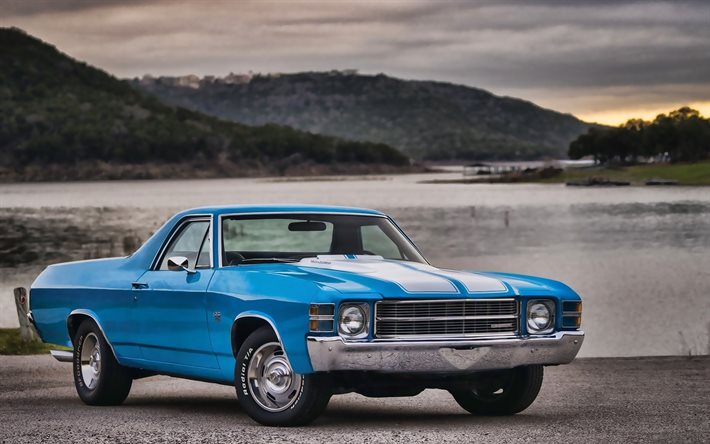
Pay attention to the model year when you're looking to buy a Lincoln Continental. The original Continental model was discontinued in 1993. However, it was reintroduced for the 1980s. The new Lincoln Continental was created to compete with the Cadillac Seville, and the Imperial. This model was distinguished by its styling, which set it apart from the Ford Granada (Mercury Cougar) and the Imperial. The platform was shared with the Ford Fox's Mercury Cougar, Ford Fox, and Granada. The new Continental Mark VII also shared the Continental's wheelbase. This model was introduced in 1984.
Model year 1993
Four recalls have been issued to the Lincoln Continental in the 29-year history of the model. The 1993 model was no exception with 4 recalled automobiles. Here is a look at each of those vehicles. The 1993 Lincoln Continental features many distinctive features. These changes include an upgraded center console with floor shifter and center armrest, as well as a cup holder. The interior is remarkably roomy, as is the spacious trunk.
Model year 1994
The fourth-generation Lincoln Continental came in three body options: the Sedan, Convertible and the Wagon. It was the first four-door convertible built after World War II and featured a power-operated retractable hardtop. Retractable "breezeway" rear windows were also available on the Continental. This feature was introduced in the Mercury Turnpike Cruiser back in 1957. A second generation Continental followed the same styling principles with frameless door glass.
Model year 1995
The price base for the 1995 Lincoln Continental started at $40,750. This was increased to $74,500 in July 2002 when production ceased. The Continental also received refinements, including a more advanced suspension system and adjustable steering effort. There was also seat-mounted side airbags. The sedan was also equipped with a split-bench rear seat and a power moonroof. The 1995 model, although no longer in production, is still available for sale.

Model year 1996
The Lincoln Continental's tenth generation introduced a new front-end design theme. Standard equipment included a door lock with an electrically latched handle. A button located at the door pull handle allowed you to unlatch your door. External door pulls were incorporated into the beltline trim window trim. This is a design that was reminiscent the third-generation Ford Thunderbird. These changes were accompanied in part by a new, more comfortable sitting position.
Year 1997
The 1997 Lincoln Continental was the last Lincoln model to be produced. It was a luxury car that ranked high within the luxury category. This vehicle was owned by its second owners with 13,000 miles. This luxury car, which has only been driven 16 years, needed very minor repairs to be in good condition. The transmission, levelers and engine were replaced at 50,000 & 93,000 miles, respectively. The car's interior was spacious and comfortable. It was also equipped with many amenities. As an added feature, the suspension could be adjusted for comfort and control.
Model year 1998
The interior of the 1998 Lincoln Continental is a step up from the previous model. It boasts new interior trim, such as bird's eye maple and textured suede on the dashboard. Overall, the cabin feels larger than the old model. The back seat is slightly smaller. It does have less interior space than Seville. The 1998 Lincoln Continental is an exceptional value for money, despite the new exterior design.
1999 model year
The 1999 Lincoln Continental model is 5 ins narrower than its predecessor, and 7 ins shorter than the Chrysler Town Car. It has a better engine. The Continental's 4.6L V-8 is now DOHC, whereas the Town Car's is SOC, or single overhead cams. It has a horsepower increase of 260 to 275 horsepower at 5,750 RPM.
Model year 2000
The Lincoln Continental's V8 engine has seen one of the greatest changes since its predecessor. This engine produces more power than the previous generation of the car, and it is faster, more agile, and packed with electronic gadgetry. The engine can accelerate to the same speed as a Cadillac Seville SLS while still getting 16.3 mpg. The Lincoln Continental also came with the latest electronic suspension. But it doesn't really impress. Normal mode provides the most effective suspension.

Model year 2002
The Lincoln Continental model year 2002 is largely the same. New exterior colors are available as well as a Vehicle Communication System. This system includes a mobile digital-to analog phone. Other new features include a power sunroof and six-disc changer. The cabin has seating for six and offers plenty of space. The Lincoln Continental's warranty remains at four years/50,000 miles.
Model year 2003
The Lincoln Continental was the last car in the Continental line for model year 2003. The success of the Lincoln Continental is not due to its styling. Its interior was inspired from the 1961 Continental. The dashboard featured retro-looking gauges along with a wide range of infotainment features. It was also one of the most luxurious cars in the segment. The interior design of the 2003 Lincoln model was outstanding.
FAQ
What is the difference between an automotive technician and a mechanic?
These two jobs are very similar but not identical. A mechanic repairs cars and an automotive technician performs maintenance.
A mechanic needs to be able and quick to use their manual dexterity. A mechanic must be able diagnose and fix problems quickly and accurately.
An automotive technician requires more technical skills than a mechanic. They must be able and able to read blueprints as well as use tools like drills or wrenches.
They must be able and competent to safely perform complicated procedures. They must be familiar with all types of electrical and engine systems.
They should also be able understand how different parts interact.
As a result, mechanics typically make less than technicians. Both careers have many options.
Is it easy to get a job as an automotive mechanic?
It can be done. Many garages have vacancies that are advertised online. Many people apply because they think it will be fun. To get your foot in front of the door, try applying for a few positions to see if any accept student applications. Another option is to ask family members and friends if anyone works in this industry. You might be able to refer someone.
What are the requirements for an automobile technician?
You must have graduated high school or GED, with excellent English and math grades. Also, you must be able read and write. After passing a written test, you will need to complete a series of practical tests before you are allowed to begin working.
What qualifications do I need to be a truck mechanic?
You don't have formal qualifications for this role, but you are very experienced working on trucks and engines. Your experience is invaluable as you know how to diagnose problems quickly and efficiently.
You also have an excellent knowledge of diesel technology which will help you to understand what parts are needed to repair our vehicles.
Is it important which college I go?
No, not really. In terms of getting into the auto industry, there is no distinction between colleges. There are some schools that offer more specific programs than others.
How long does it take to become a good mechanic?
Expert mechanics take years of practice and extensive experience. A professional mechanic will teach you how to fix cars.
You will have to spend time in a garage learning about cars and mechanics. You'll need to study mechanical engineering books on mechanics and car design.
You will also need to go to auto school.
It is important to get started early. Do not wait to learn automotive technology. You can get certified as a mechanic by getting started right away!
Statistics
- There were 749,900 jobs available for automotive service technicians and mechanics in 2016, which is expected to grow by six percent through 2026. (jobhero.com)
- Apprentice mechanics earn significantly less hourly than mechanics who have completed training, with a median wage of approximately $14.50 an hour, according to PayScale. (jobhero.com)
- According to the BLS, total auto technician employment is expected to exceed 705,000 by 2030. (uti.edu)
External Links
How To
How to properly diagnose your car for repair
You should first examine the symptoms your car is showing to determine if it requires repairs. Then, follow these steps to diagnose your vehicle properly.
-
Check engine lights. Make sure to check all dashboard indicators like the engine light indicator (oil pressure gauge), the battery indicator (battery light indicator), and the RPM indicator (rpm gauge). If any of them have been flashing for several days, it may mean something is wrong with your vehicle.
-
Inspect the tire treads. Tires can become worn and cause problems in handling and braking. You should also inspect the wheel treads. You should ensure that they are clean and smooth. To do this, remove the wheels and take them out. Check the tread condition with a flashlight.
-
Pay attention to the level of your brake fluid. Keep track of the brake fluid level in your vehicle. This will ensure your brakes function properly. If your brake fluid level is low they might not work properly when you apply pressure.
-
Check the suspension system. Most vehicles have a suspension system that absorbs shocks and vibrations. It provides better control and allows smoother acceleration and deceleration. Your vehicle might feel wobbly, or shake uncontrollably if it has a bad suspension. You can test if your vehicle has a suspension problem by putting weight on either the front or back axle to see how it moves.
-
Take a look at the steering column. The steering column connects the steering wheel to all other components of the vehicle. Many accidents can cause damage to steering columns. You should replace your steering column if it feels loose or unstable.
-
Observe the exhaust pipes. The exhaust pipes are responsible for moving gases from the combustion chamber into the atmosphere. Exhaust pipes that are cracked or leaking can allow harmful fumes to enter your cabin. If your tailpipe bends, it is important to fix it immediately.
-
Check under the hood. To check for unusualities, look under the hood. There could be fluid leaking from your engine. In addition, if you notice an unusual smell coming from your engine compartment, you should contact a professional technician.
-
Check the air filter. The outside environment collects dust and other particles in the vehicle's filter. A dirty air filter causes your vehicle to run poorly. Replace your air filter regularly.
-
Make sure you check the fan belt. Your vehicle's fan belt connects the engine to the transmission. The engine will not turn if the fan belt breaks. It's easy to replace the belt. You only need a screwdriver or pliers to replace your belt.
-
Verify the radiator hoses. The radiator hose carries water from the radiator to the engine. It can cause hot liquid to leak onto the engine if it is damaged or cracked. To repair the leaky hose, all you need is a pair if needle-nosepliers.
-
Check the windshield wipers. Windshield wipers use electricity for snow and rain removal. If they stop functioning, they can leave streaks in your window glass. Simply change the washer oil to fix the problem.
-
Verify the condition of your battery cables. The battery cables provide power for the electrical systems in your car. Always disconnect the negative wire before you replace batteries. Failure to do so can damage your alternator.
-
Be sure to check your headlights. The headlights provide illumination for the road ahead. If they don't work properly, it can cause poor visibility. Inspect the bulbs for signs of burnt out.
-
Be sure to check the lights. Lights warn other drivers when you approach them at night. You may be distracted by the light and end up in an accident.
-
Check the brakes. Brakes will reduce the speed of your car in case of an accident. If your brakes aren't working properly, you may lose control and crash into other cars.
-
Change the oil. Oil keeps your engine lubricated. This oil helps to prevent metal parts becoming too worn out. It is recommended that the oil be changed every other month.